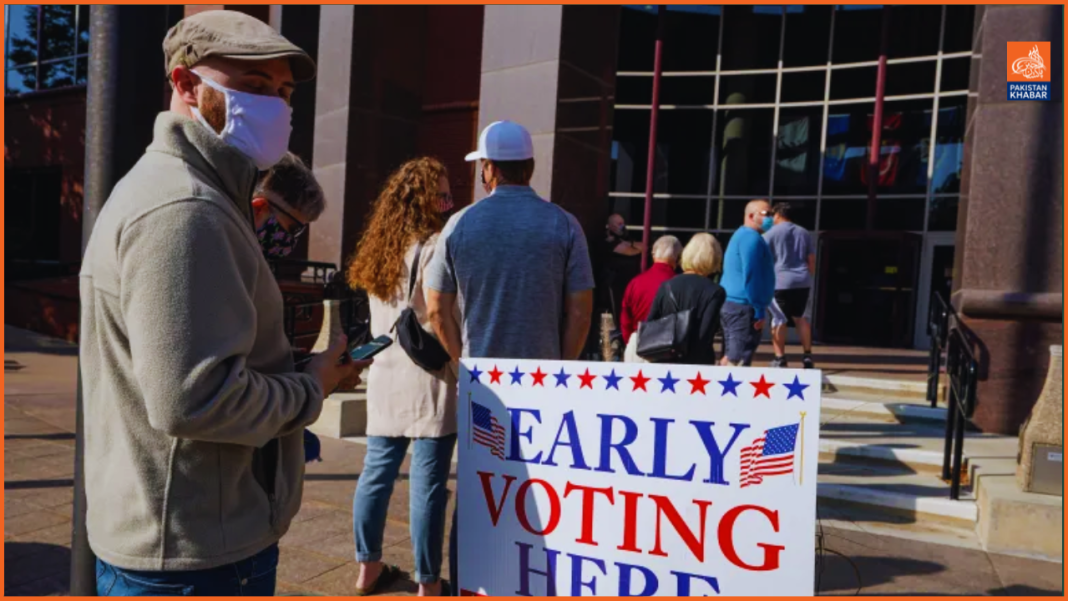Early voting for the 2024 US presidential election is witnessing a significant uptick in participation among new voters, particularly highlighting trends among Democratic women in Pennsylvania and Republican men in Arizona. Recent press reports indicate that these fresh voters may play a pivotal role in key swing states.
With nearly 60 million ballots already submitted, early voting data sheds light on the dynamics of this year’s presidential contest. According to an analysis by NBC News Decision Desk, there has been a noticeable influx of new voters—those who did not cast ballots in the 2020 election—in crucial battleground states.
In Pennsylvania, the influence of new voters is especially pronounced, with over 100,000 ballots already counted. This figure exceeds President Biden’s 2020 winning margin over former President Trump in the state, indicating the potential sway these new participants could hold. Notably, Democratic women are leading the surge among new voters in Pennsylvania, with their numbers nearly doubling those of new female Republicans. This strong representation could significantly impact a state viewed as critical for both political parties.
Conversely, in Arizona, the early voting landscape is dominated by male Republican new voters, showcasing heightened Republican engagement. Furthermore, new Republican women slightly outnumber new Democratic women, suggesting that Republicans may enjoy an early turnout advantage in the state. Given that Arizona’s 2020 election margin was razor-thin—just over 10,000 votes—the rise in Republican-leaning new voters could prove impactful.
Adding further complexity, a substantial number of new voters in both Pennsylvania and Arizona have chosen not to affiliate with any party. This group of unaffiliated voters holds the potential to either bolster or diminish the apparent advantages seen in early turnout, making their preferences a vital unknown in the election landscape.
In other key swing states like Michigan and Wisconsin, varying trends are emerging. While party affiliation data is not available, estimates suggest that new Democratic female voters may outnumber their Republican counterparts, while new Republican men surpass Democratic men.
In North Carolina and Nevada, independent voters comprise the largest segment of new participants. This prevalent independence introduces additional uncertainty, as their choices could significantly influence outcomes in these and other swing states.
With new voter turnout already surpassing the 2020 figures in several battleground states, their potential impact cannot be overlooked. However, the absence of clear party affiliations for many voters, along with varying voter registration practices across states, leads to speculation about the final results. Analysts urge caution in interpreting these early figures, reminding observers that while early voting provides insights into the election, it does not definitively forecast the outcome.
Election Day, which includes both presidential and congressional elections, is scheduled for November 5. However, over 68 million people have already cast their early ballots, with approximately 1 million more Democrats than Republicans participating in early voting, totaling 13,015,856 Democratic voters against 12,135,666 Republican voters.




